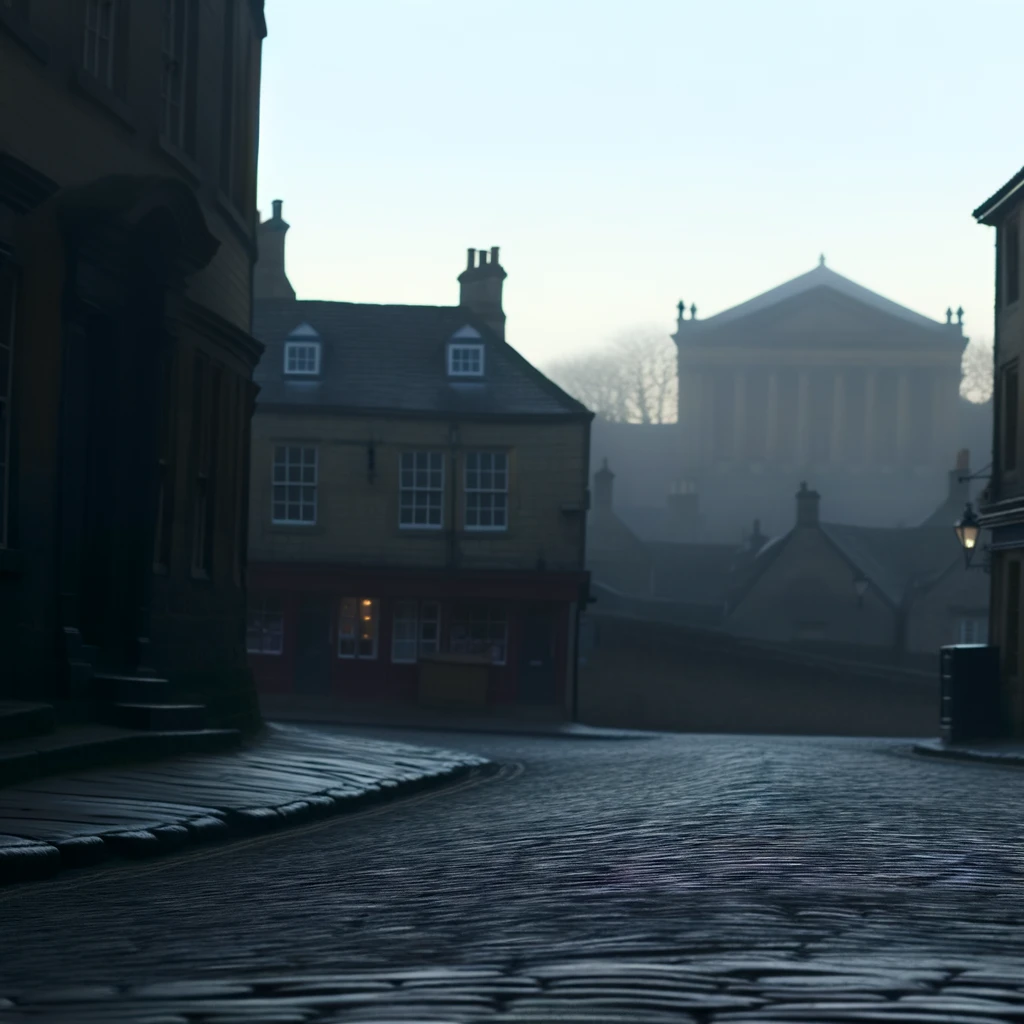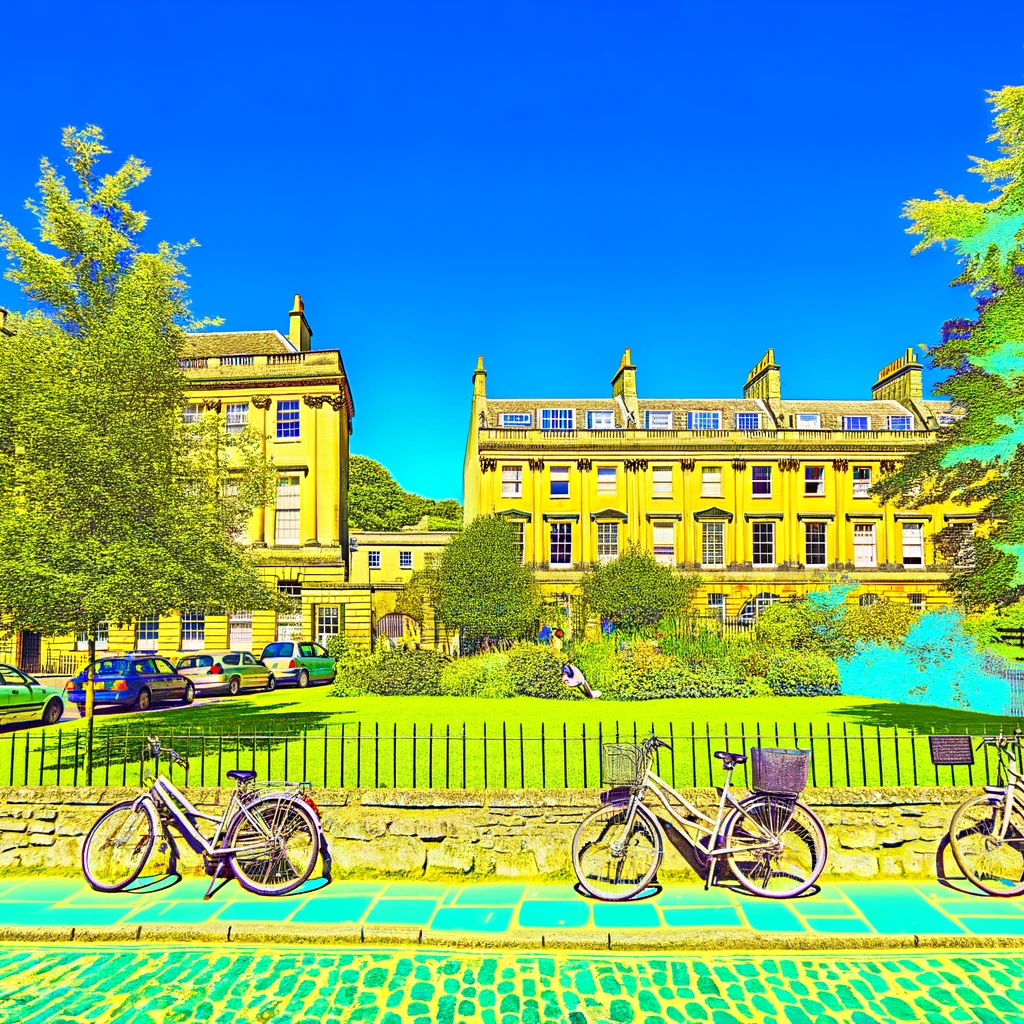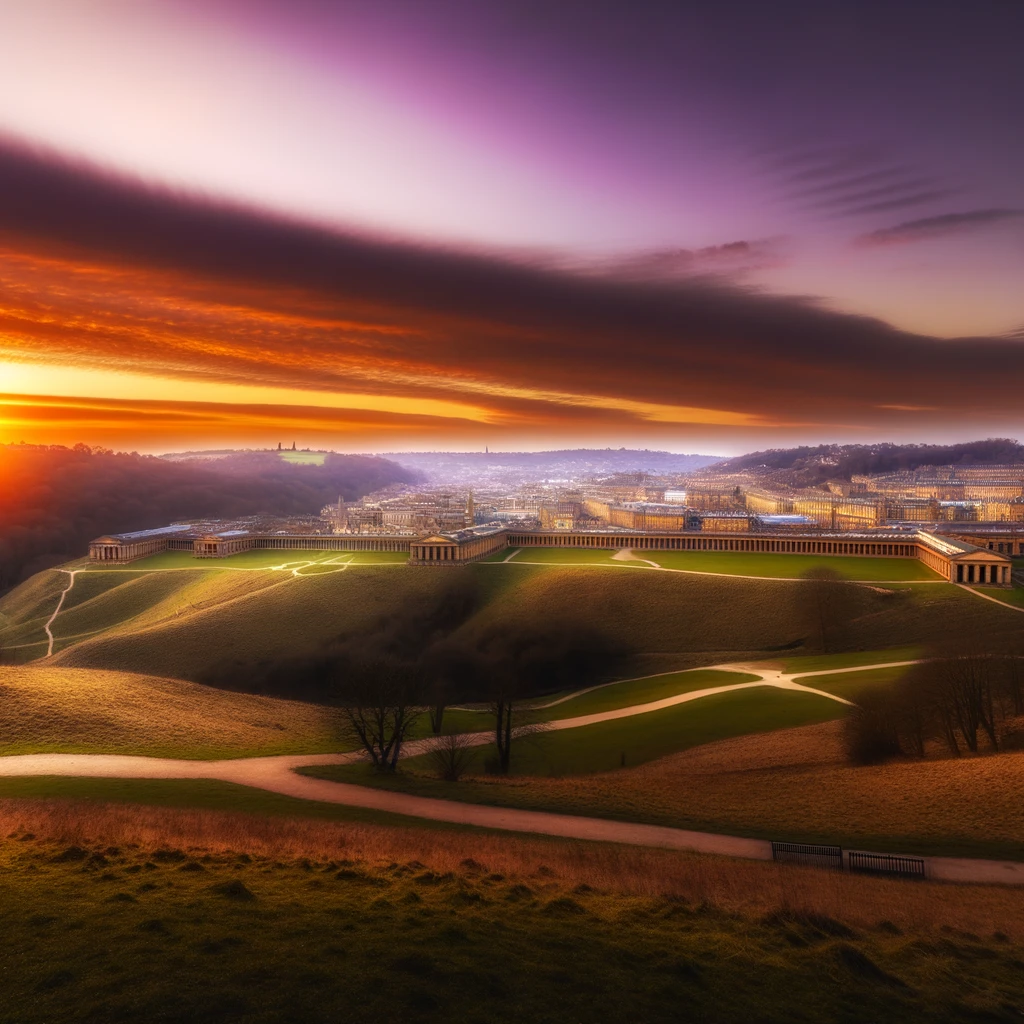
Local Legends and Lore: Uncovering Bath's Mysteries
Nestled in the heart of Somerset, Bath is a city steeped in history and enigma. Beyond its Roman baths and Georgian architecture, lies a tapestry of local legends and intriguing lore that beckon the curious traveler. Join us as we delve into some of the most captivating tales that have been woven into the fabric of Bath's identity.
The Ghosts of Bath
Bath's cobbled streets and historic buildings are home to numerous ghostly tales. One of the most famous is the haunting of the Royal Theatre. Legend has it that a mysterious Grey Lady roams the corridors, a spectral presence linked to a tragic love story from the 18th century. Witnesses report a chill in the air and a soft whisper in the quietest moments of a show.
The Roman Baths
The Roman Baths, a testament to the city's ancient heritage, also harbor their own mysteries. Visitors often speak of sightings of Roman soldiers, seemingly oblivious to the passage of time, marching through the misty steam. Is it the result of Bath's thermal waters, or could it be echoes of the past crossing into the present?
Folklore of the Bath Stone
Bath's iconic honey-colored stone, used in numerous buildings, is not just an architectural marvel but also a source of local folklore. The stone is believed to possess protective properties, warding off evil spirits and bringing prosperity to those who dwell within its walls. This belief dates back to the city's early settlers, who revered the stone for its mystical qualities.
The Curse of Sally Lunn
Among the charming tearooms and eateries in Bath, the tale of Sally Lunn stands out. Sally Lunn's Historic Eating House, famous for its buns, is said to be cursed. Legend has it that Sally herself, a Huguenot refugee, was cursed by a rival baker. Some claim that the curse still lingers, causing occasional mishaps in the kitchen and eerie occurrences after closing time.
Myths of the Bath Abbey
Beneath the grandeur of Bath Abbey lies a world of myth and mystery. It is said that angels, seen in visions by Bishop Oliver King, inspired the Abbey's construction. The angels' ladder, depicted in the Abbey's west front, symbolizes the city's divine connection. This legend continues to captivate visitors, inviting them to ponder the celestial influence on Bath's spiritual heart.
The Legend of King Bladud
One of Bath's oldest legends is that of King Bladud, a prince afflicted with leprosy. According to lore, he discovered the healing properties of Bath's thermal springs after observing pigs wallowing in the mud and miraculously regaining their health. Bladud's tale is celebrated in the city, a testament to Bath's reputation as a place of healing and renewal.
Conclusion
Bath's legends and lore are as much a part of its allure as its architecture and landscapes. These stories, passed down through generations, offer a glimpse into the city's soul. Whether you are a believer or a skeptic, Bath's mysteries invite exploration and reflection, making every visit an adventure into the unknown. So, step into the past, and let Bath's legends guide you through its enchanting history.
Related Articles





